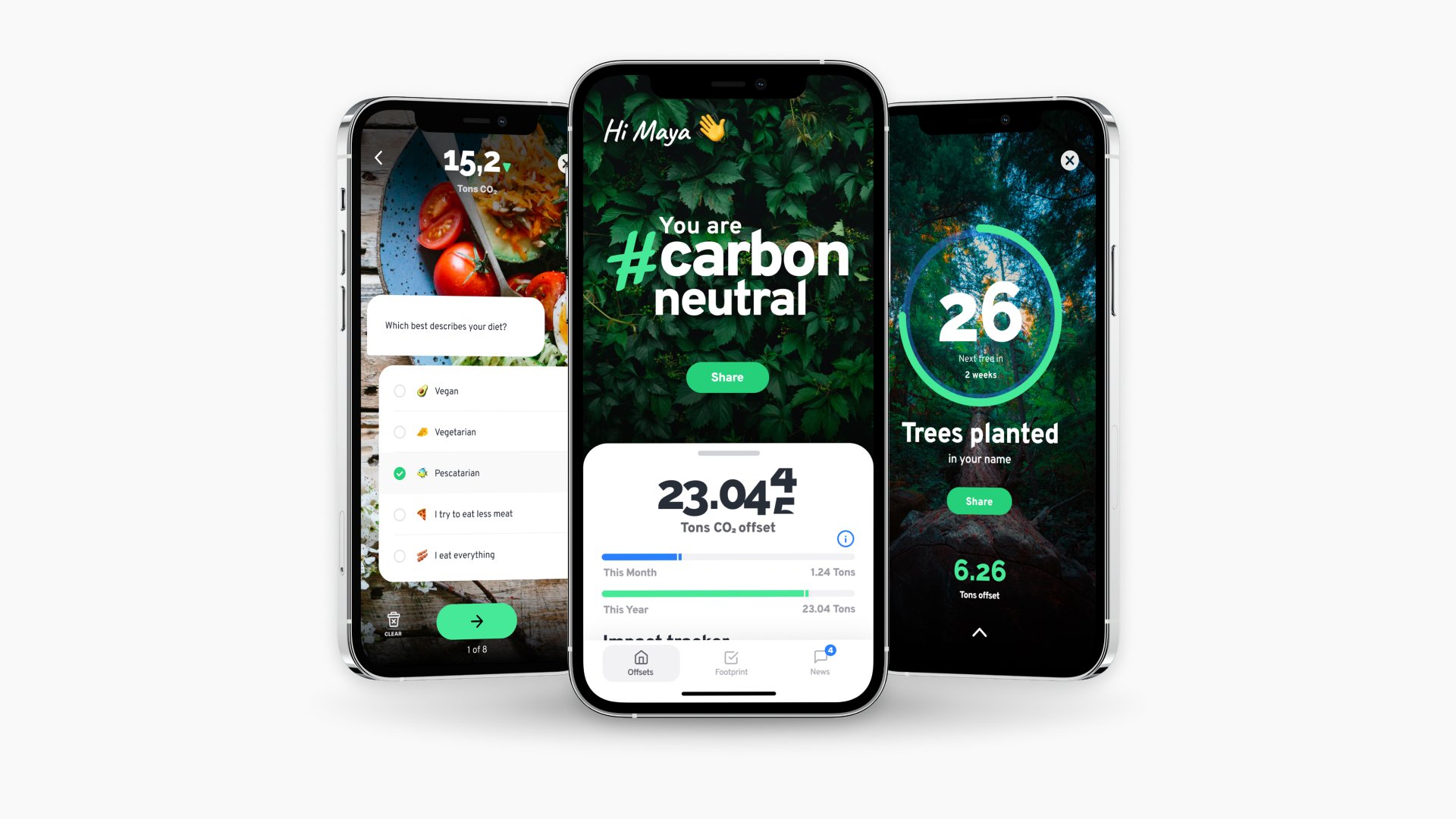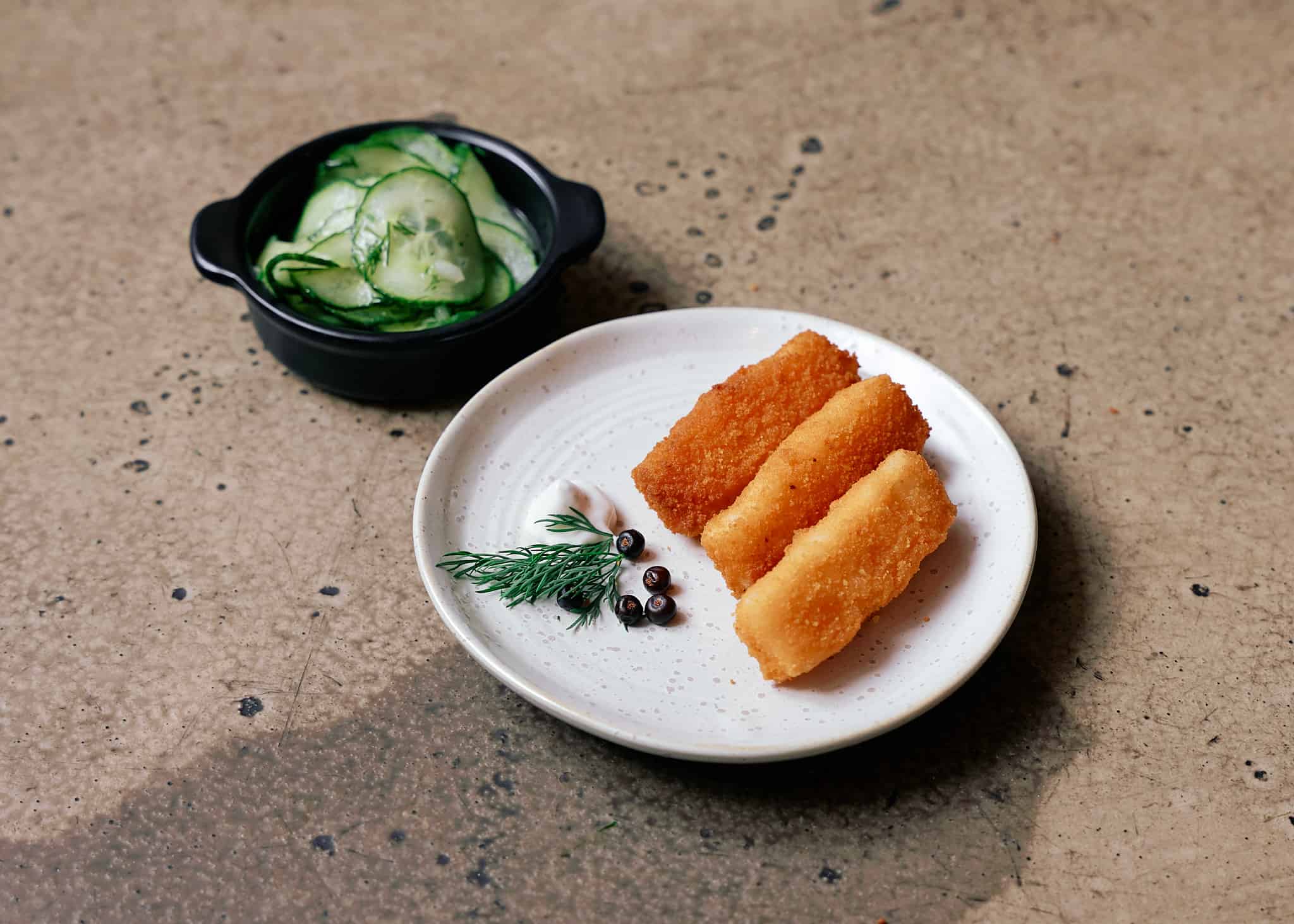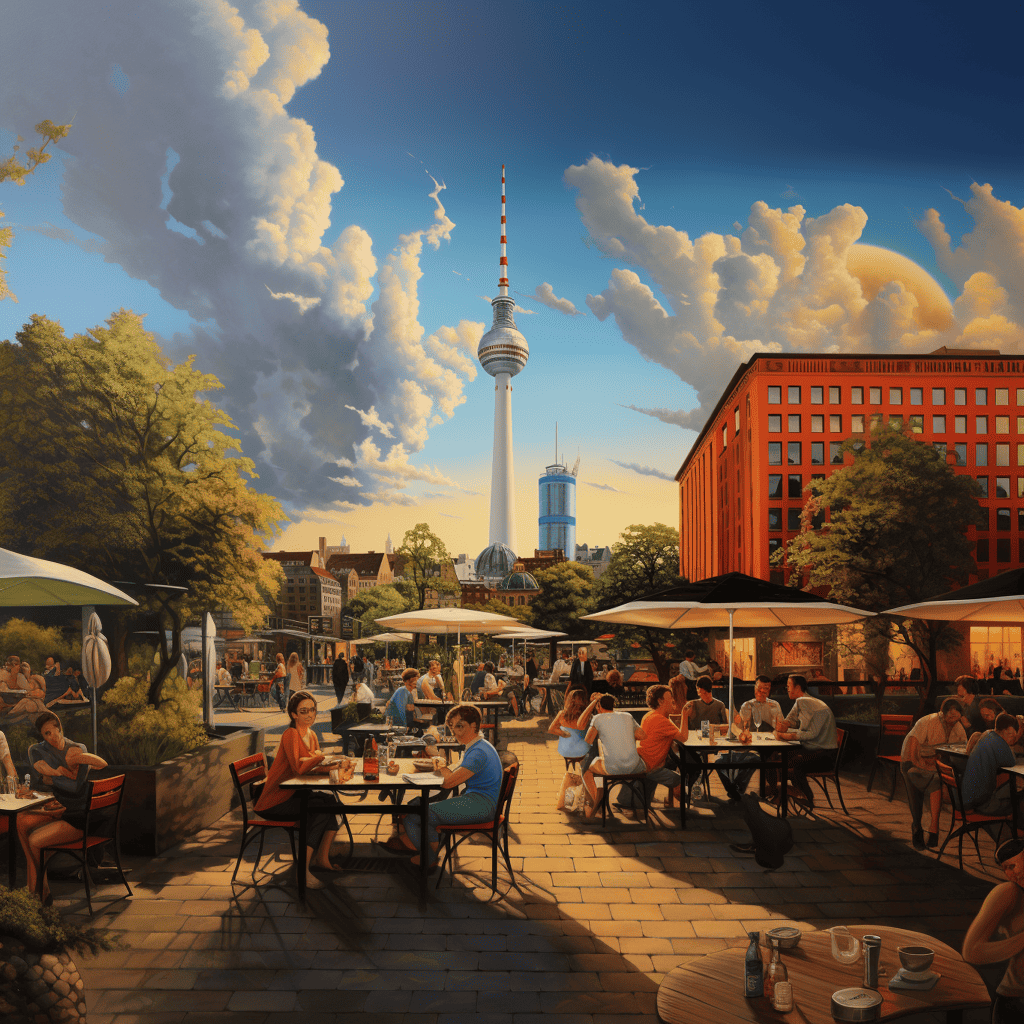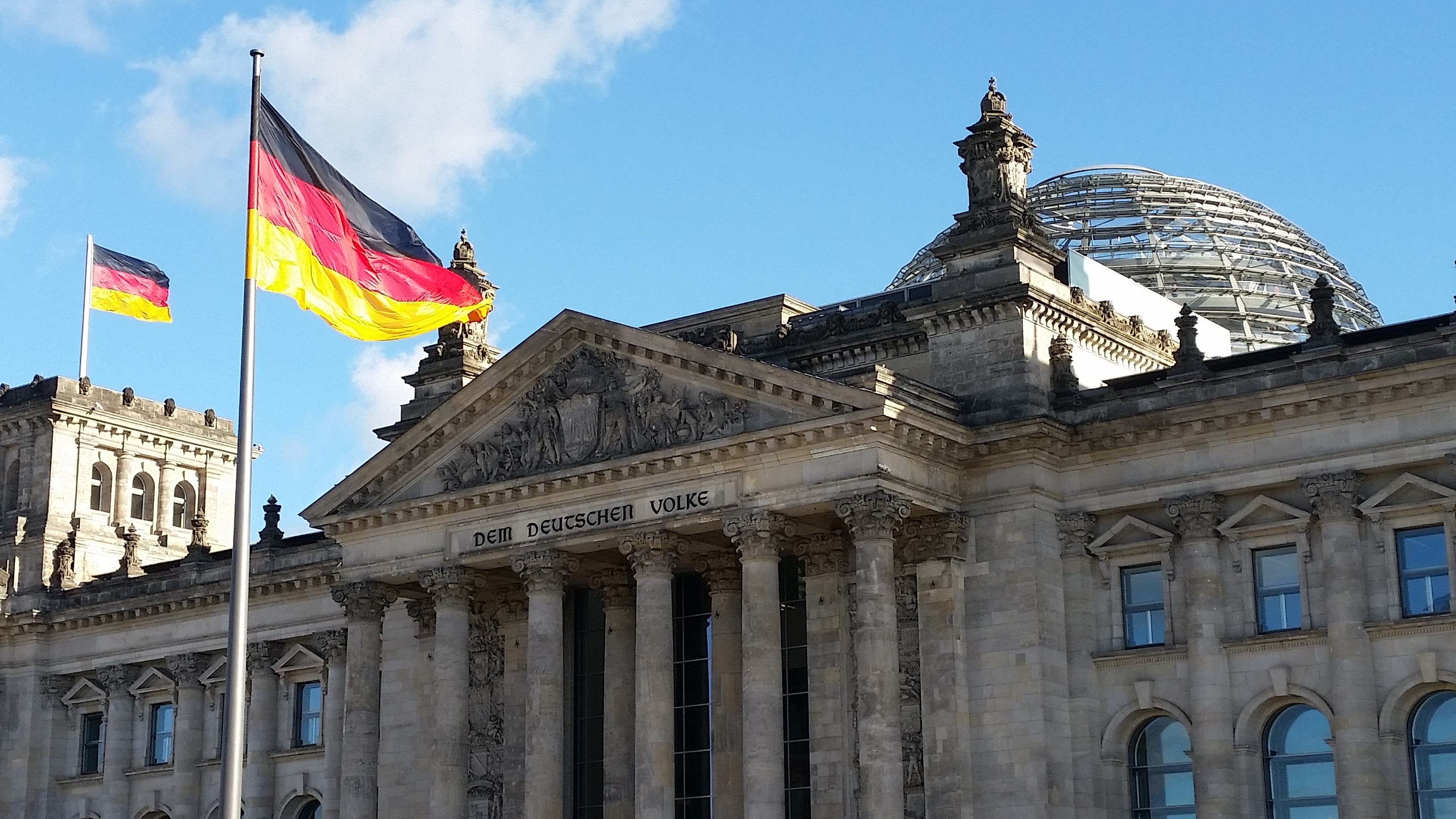
Do you want to live in a more climate-friendly way, but don’t know how do that? If you already cycle to work or have reduced the amount of meat you eat, you often don’t know what else you can do. Klima offers one possible solution.
About a year and a half ago, founders Markus Gilles, Jonas Brandau and Andreas Pursian-Ehrlich began developing the Klima app, which was subsequently launched last December. The Berlin-based start-up aims to enable anyone to easily offset their carbon footprint and reduce it over the long term. A user’s CO2 footprint is calculated with the help of a brief questionnaire. With a climate subscription, various climate-focused projects in the areas of nature, technology and social can be supported that can offset their footprint. This includes trees being planted, support for the expansion of renewable energies, or communities being equipped with climate-friendly cookstoves. Progress can be tracked in the app. And it doesn’t stop there: In order to ensure that the carbon footprint is not only balanced, but also reduced over the longer term, the user receives personalized tips on how to live a more climate-friendly life. This has financial benefits for the user – and ecological benefits for the planet. We interviewed co-founder Markus Gilles.
What inspired you?
“As founders, we’ve been working together for almost 10 years in app development. We were thinking about what to do next.”
“In the meanwhile, I had been traveling for quite some time. I backpacked from the north of Alaska to the southern tip of Patagonia. And, of course, I had very intense experiences in nature, whether that was in the Amazon or the Andes. Consequently, I also developed an awareness of how beautiful but also how fragile nature is and how much of it is under threat. Shortly after that, the IPCC’s Special Report on 1.5 degrees of global warming was published, which once again demonstrated scientifically how huge the crisis actually is.”
“As founders, we got to thinking, what can we do about that?”
What sets Klima apart from other offers which enable you to offset your CO2 footprint?
“After some research, it quickly became clear that a big gap still had to be closed. Namely, the gap between individuals – like you and me – who actually want to do something but don’t have the means to. Not everyone can put solar panels on their roof. For example, if they live in an apartment. And not everyone can go to protests on Fridays, perhaps because they have to work. There are various climate activities that are not an option for everyone. At the same time, there are a lot of great and efficient climate projects, with professionals who are working on solutions to reduce CO2. There was no good connection between them. I mean, CO2 offsets have been around for a while, but we didn’t think they were user-friendly enough to be widely accepted.”
The questionnaire, which supposedly calculates users’ carbon footprints, asks questions about broad categories (e.g. apartment size and diet). How did you come up with these questions and why did you decide against more detailed ones, that take energy consumption into account, for instance?
“Of course, you could make this infinitely complex. We just thought, what is a good balance of questions? If it gets complicated, you lose people along the way. You’d end up achieving even less than if you say: Let’s find a balance of questions that, firstly, everyone can answer immediately and secondly, that users can also have some influence on as individuals. Of course, we’re still in the process of developing this further. We’re not ruling out the possibility of enabling people who want to do something a bit more concrete to do so.”
How did you come up with the three project categories – nature, tech, and social – that users can support with a Klima subscription?
“Those are actually the three areas that we all need to address if we want to overcome the climate crisis. For one thing, in a way that actually works with nature. Eight percent of CO2 emissions each year are caused solely by deforestation of tropical rainforests. You can see what a huge impact trees have, but also what possibilities there are if we start working with nature rather than against it. The second area is technology, specifically sustainable or renewable energy. We need to decarbonize by shifting away from coal and fossil fuels.”
“The third aspect is that this is also about climate justice. Of course, you always have some kind of impact on the community where local projects are concerned, and you should make sure that it’s a positive impact. Cookstoves in particular. For context: 40 percent of the world’s population cooks on an open fire. That means about three billion people depend on cutting down trees to have a hot meal. That’s a huge factor that can be countered by providing new technologies – efficient cookstoves – that substantially reduce the need for wood or charcoal. Four million people die every year from the effects from the smoke emitted by fires in their own homes. So, you reduce CO2 emissions, you save the climate, and you save lives at the same time.”
What motivates users to keep using the app?
“Once I’ve filled out the questionnaire, I can sign up for a climate subscription. Then I can see my impact. An important point is impact transparency. We have an impact tracker in the app that immediately shows me how much CO2 I’m offsetting every minute, every hour, every day, every week and so on, also in the three categories. I can see how many trees have already been planted from my contributions. How many kilowatt hours of green electricity have already been generated and made possible by my contributions. I also have a climate checklist where I can get personalized tips on how to reduce my carbon footprint.”
How do you prevent users avoiding responsibility when it comes to taking personal action instead of just offsetting CO2?
“These two things definitely have to go hand in hand. That’s why you always get tips. What is the next step for me personally? If I say I eat meat, then perhaps the next step would be to eat only fish. If I decide to make a lifestyle change, I can also tick that box and reduce my monthly contribution that way. These are incentive schemes that we have in place so that people understand more and more about their own carbon footprint and to help guide them in their behavioural changes.”
What would you like to have achieved with Klima in five years’ time?
“We want to offset 20 million tons of CO2 per year within the next five years. To put that in perspective: That’s roughly the CO2 footprint of Croatia, which is still a medium-sized European country. Or a mature forest of one million fully grown trees. That’s definitely ambitious. But that’s precisely why it’s our goal.”







